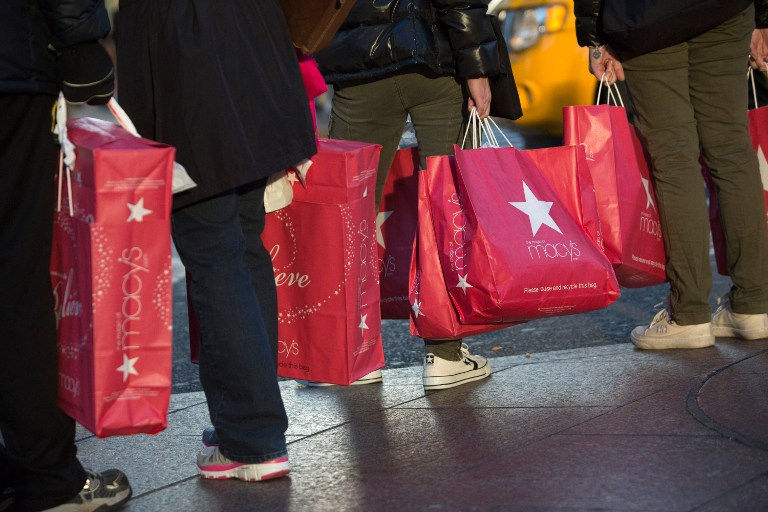Black Friday: What students need to know
November 15, 2018
Since 1966, the name Black Friday has been used to describe the day after Thanksgiving which has long been considered a retail mania for consumers.
The name Black Friday is said to have originated from complaints of police officers in Philadelphia as they witnessed the insanity the day brought such as traffic jams and overcrowding in downtown stores, said Ben Zimmer, a language columnist for the Wall Street Journal and an editor for the Atlantic, who described the origin of the term in an interview with the National Public Radio.
With the emergence of online shopping and internet retailing giants such as Amazon, the number of consumers still willing to get up before the sun and camp out in the freezing cold in order to get the best deals was projected to decline in 2017.
David Swenson, an associate scientist in the department of economics at Iowa State who focuses some of his research on community economics, shares what consumer spending behavior looks like during the holiday season.
“Now we buy more online all the time, so the fraction of online purchases during the holidays is probably similar to the fraction of online purchases the rest of the year it’s just that we’re spending a little bit more and so that amount kind of stands out,” Swenson said.
According to a study done by Adobe Analytics, American consumers spent $19.62 billion in online purchases between Thanksgiving and Cyber Monday in 2017. Showing an increase in spending by $2.6 billion more than was spent during those days in 2016, as shared by practicalecommerce.com.
The holiday season is all about shopping, with retailers make sure to get the consumer’s attention through seasonal TV commercials, online advertisements, emails, mailed newsletters and radio broadcasts, making it nearly impossible not to have Christmas gifts on the mind.
“Retailers want us to spend lots of money in November and especially in December so they advertise like crazy, they take on new people because we do spend more during those two months,” Swenson said.
According to Shoppertrak, a website providing global retail statistics, as of 2017 store traffic declined less than one percent, which is a much smaller percent than had been projected. Fair weather conditions are said to have helped brick and mortar store sales and encouraged consumers to get out of the house, according to the National Retail Federation (NRF).
Even with the ease and comfort that comes with online shopping, almost half of consumers claim that they plan to shop in-store this year for inspiration and to avoid shipping costs, according to a retail survey by Deloitte, a multinational professional services network.
“The things that the stores do is to entice us, see the whole point is once they get you into the store, then you’re gonna spend more money you’re just not gonna go for that special crazy item,” Swenson said.
Black Friday presents its own ups and downs for consumers, the American Marketing Associated shared a few fun facts about the landmark shopping day.
One is that Black Friday attracts more people at 133.7 million, which is more than Disneyland does at 20.4 million.
Second, more people die while shopping on Black Friday than in shark attacks.
Thirdly, about 14 percent of of the products advertised as being on sale will actually have prices similar to their normal in store cost.
Regardless of where consumers choose to make their purchases this season, Black Friday will continue to be the busiest weekend for retail sales of the year.







